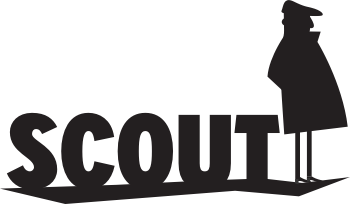In a new series of articles for members, we explore those unfashionable, unwanted and unexciting players who don’t necessarily come with You Tube clips or Armani ads but deliver that all important quantity which drives the “Moneyball” strategy: comparative value.
The term “Moneyball” found its way across the Atlantic for many with the arrival of John Henry, whose Fenway Sports Group added Liverpool to their holdings list alongside Henry’s great pride: the Boston Red Sox. Henry’s Red Sox failed in a bid to hire Billy Beane, the general manager of the Oakland A’s and chief proponent of the so-called Moneyball strategy but, using Beane’s approach to player acquisitions, went on to deliver their first championship in 86 years. Henry’s attempts to replicate his success on Mersyeside by applying certain principles to player analysis under Damien Comolli failed to have the desired effect, however.
Despite popular opinion, the lessons of Moneyball do not start and end with saving money or looking for one particular attribute in players, but rather looking for players discarded by the wider market, either because they succeed in an uncommon way or because they do so in a particularly unfashionable manner.
Given that most Fantasy managers spend a large portion of our money on just a handful of players, we, too, are forced to invest for value at the bottom end of our squad and in that arena we have to accept imperfection if we’re going to achieve success. Finding the right assets to fill the budget gaps in our squads can prove vital; the Moneyball series is here to help – to investigate the lower end market and attempt to find diamonds in the rough.
Using the Moneyball concept and the data available to our Members, we’ll attempt to identify and analyse players who perhaps appear “imperfect” solutions but, in fact, offer strong potential for those with limited funds.




12 years, 1 month agoAlrighty - Ricardo Vaz Te ftw!!! 😀